Learn the Korean Textile Art of Bojagi
Finding happiness in hand-stitching a traditional wrapping cloth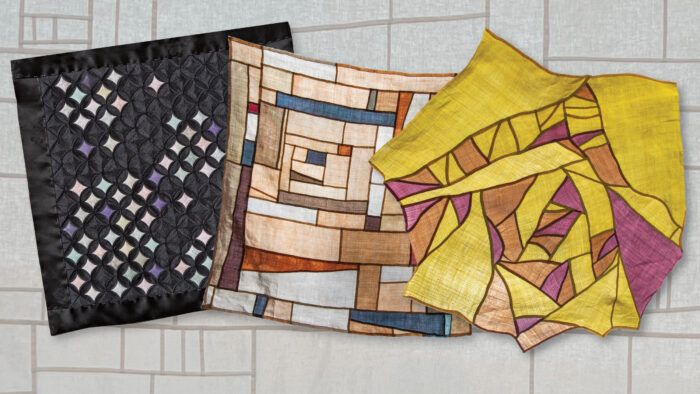
Textile holds history and it has a power to initiates conversation about the culture, tradition, time, and memory. I appreciate the beauty that results from the long and slow process of hand stitching which is a meditative act for me. I constantly practice stitches on the surface of textile and think about women’s invisible labor in old days.
I use a variety of materials to make my work, that embrace both modern aesthetics and traditional techniques. This represents my identity as the one living in two cultures. Bojagi is my interpretation of my cultural heritage and tradition. I create my work that has spontaneous and improvisational process while I use various materials not only from new fabrics but also reclaimed materials.
My creating process is very organic. I initiate the process of putting small fragments together and bojagi and I grow together as I repeat many imperfect stitches with my wishes for happiness.
My bojagi journey
Since I was a kid, I always loved tactile objects especially fabric pieces.
My affection for textiles led me to study Clothing and Textiles in college, and Fashion Design in graduate school. After I graduated, I worked in the fashion industry. When my husband got a job offer overseas, he asked me if I could put my career on pause for a few years. I agreed to pack up and move from Seoul to the San Francisco Bay Area with my husband and my 6-month-old daughter. Back then, my husband and I had no idea that we would stay in the Bay Area for over two decades.
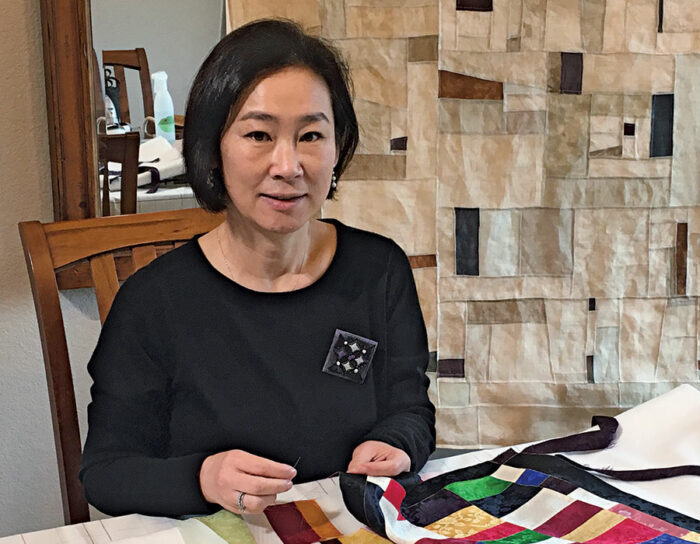
When I had adjusted to a new place, I started to make bojagi. These making activities gave me firm confidence and…
Start your 14-day FREE trial to access this story.
Start your FREE trial today and get instant access to this article plus access to all Threads Insider content.
Start Your Free TrialAlready an Insider? Log in




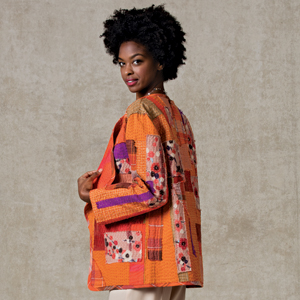





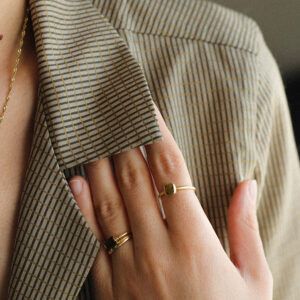
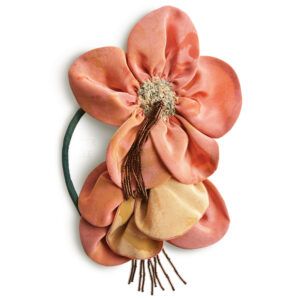
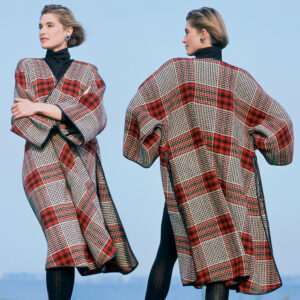
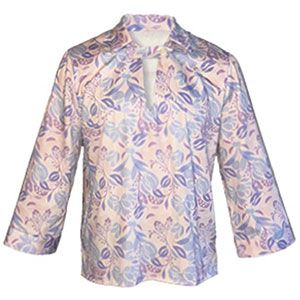
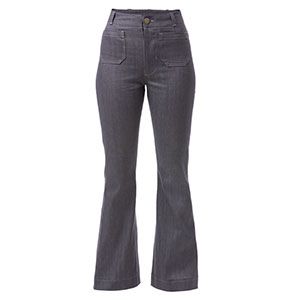
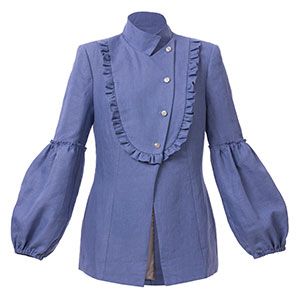

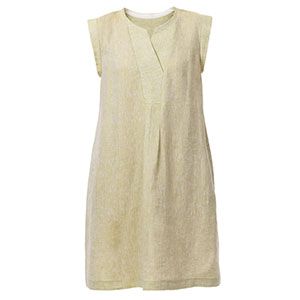
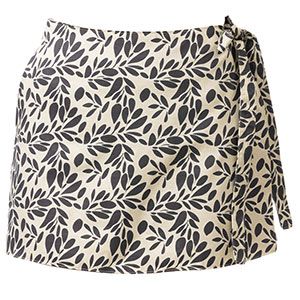
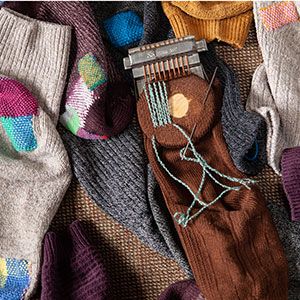
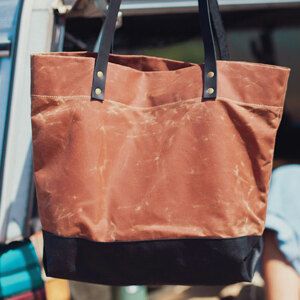
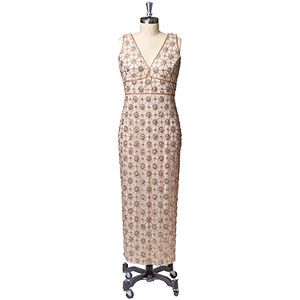

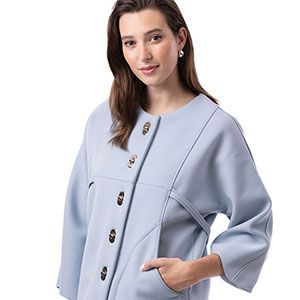
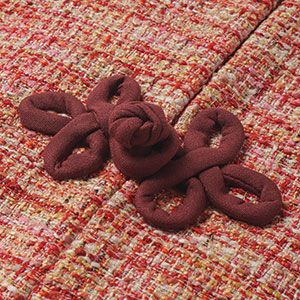
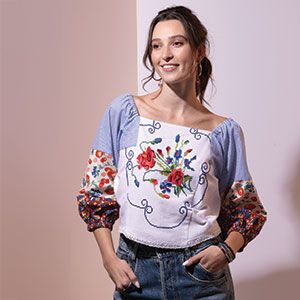








Log in or become a member to post a comment.
Sign up Log in